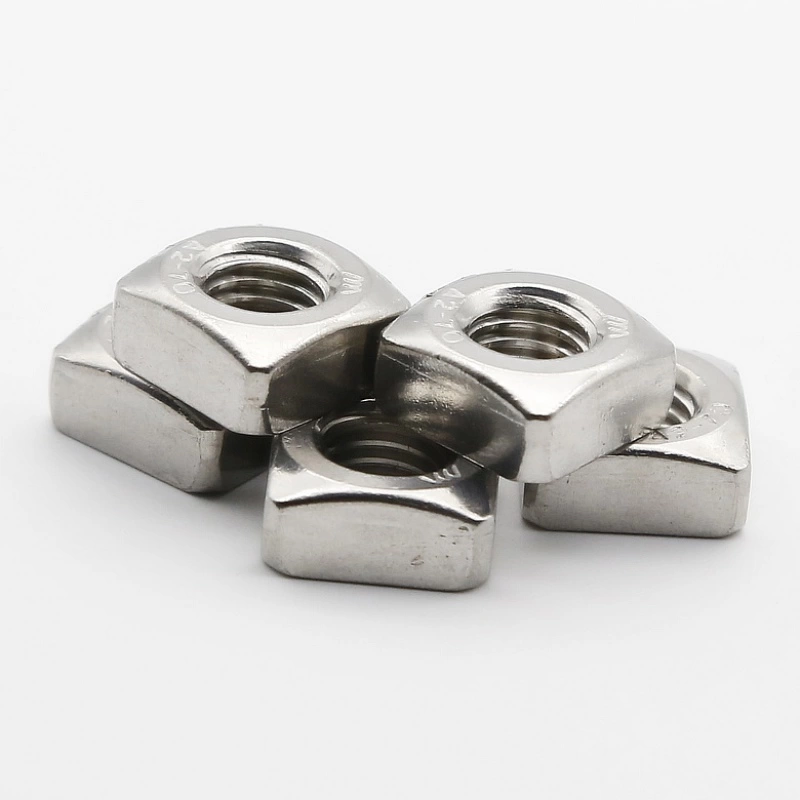

Understanding the Function and Types of Threaded Nuts for Mechanical Applications
Ara . 05, 2024 08:05 Back to list
Understanding the Function and Types of Threaded Nuts for Mechanical Applications
Understanding Threaded Nuts Importance and Applications
Threaded nuts are essential components in various engineering and construction applications. These small but mighty fasteners consist of a hexagonal block with internal threads designed to mate with corresponding external threads on bolts or screws. While they may appear simple, threaded nuts play a crucial role in ensuring the integrity and stability of countless structures and machines.
The Anatomy of a Threaded Nut
To appreciate the significance of threaded nuts, one must first understand their anatomy. A typical threaded nut features a hexagonal shape, although other shapes like square or round are also used depending on the application. The internal threading is standardized in different dimensions, ensuring compatibility with a range of bolts and screws. The materials used to manufacture threaded nuts can vary, including steel, stainless steel, brass, and nylon, each chosen based on the needed strength, resistance to corrosion, and specific use cases.
Types of Threaded Nuts
There are several types of threaded nuts, each designed for specific applications
1. Hex Nuts The most common type, often used for general fastening applications. They provide a reliable means of connection with bolted joints. 2. Lock Nuts These nuts are used to prevent loosening due to vibration. They incorporate mechanisms like nylon inserts or serrated surfaces that grip the bolt.
3. Cap Nuts These nuts have a closed end, providing a smooth finish while protecting the bolt threads. They are often used in applications where safety and aesthetics are paramount.
4. Wing Nuts Characterized by their two wings that allow for hand tightening. They are ideal for applications requiring frequent adjustments and quick removal.
threaded nut

5. T-nuts Commonly used in woodworking and furniture manufacturing, T-nuts have a flanged base that allows for secure attachment to materials like wood.
Applications of Threaded Nuts
Threaded nuts are ubiquitous in everyday life, found in various sectors including automotive, aerospace, construction, and manufacturing. In construction, they are often used to secure structural components such as beams and connections in frameworks, ensuring safety and stability in buildings and bridges. In the automotive industry, they hold vital parts of vehicles together, guaranteeing that components withstand the forces encountered during operation.
In machinery, threaded nuts serve as essential elements that help in fine-tuning and adjusting the performance of equipment. For example, in machinery that requires precise tension settings, lock nuts are regularly utilized to maintain position even under heavy vibration or load.
Importance of Quality and Standards
The quality of threaded nuts is critical for user safety and mechanical reliability. International standards such as ISO and ASTM ensure that nuts are manufactured with consistent quality, dimensions, and material grades. Using substandard or poorly manufactured nuts can lead to catastrophic failures in assemblies, leading to accidents and increased maintenance costs.
Conclusion
In conclusion, threaded nuts, though often overlooked, are fundamental components that ensure the structural integrity of numerous systems worldwide. Understanding their types, applications, and importance in engineering can help not only in selecting the right nut for a project but also in appreciating the role these small fasteners play in our daily lives. Whether securing furniture, automotive parts, or structural elements in buildings, the threaded nut exemplifies the power of simplicity in engineering design.
Latest news
-
Best Self Tapping Screws for Drywall - Fast & Secure Installation
NewsJul.31,2025
-
High-Strength Hot Dip Galvanized Bolts-Hebei Longze|Corrosion Resistance&Customization
NewsJul.31,2025
-
Hot Dip Galvanized Bolts-Hebei Longze Metal Products|Corrosion Resistance&High Strength
NewsJul.31,2025
-
Hot Dip Galvanized Bolts-About LongZe|High Strength, Corrosion Resistance
NewsJul.30,2025
-
High-Strength Hot Dip Galvanized Bolts - Hebei Longze | Corrosion Resistance, Customization
NewsJul.30,2025
-
Hot Dip Galvanized Bolts-Hebei Longze|Corrosion Resistance&High Strength
NewsJul.30,2025

